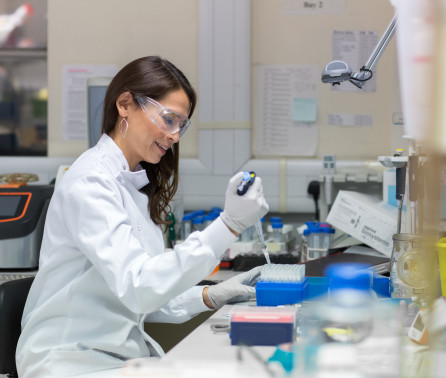BibTex format
@article{Ming:2021:10.1186/s12879-021-06621-7,
author = {Ming, DK and Myall, AC and Hernandez, B and Weiße, AY and Peach, RL and Barahona, M and Rawson, TM and Holmes, AH},
doi = {10.1186/s12879-021-06621-7},
journal = {BMC Infectious Diseases},
title = {Informing antimicrobial management in the context of COVID-19: understanding the longitudinal dynamics of C-reactive protein and procalcitonin},
url = {http://dx.doi.org/10.1186/s12879-021-06621-7},
volume = {21},
year = {2021}
}
RIS format (EndNote, RefMan)
TY - JOUR
AB - Background: To characterise the longitudinal dynamics of C-reactive protein (CRP) and Procalcitonin (PCT) in a cohort of hospitalised patients with COVID-19 and support antimicrobial decision-making. Methods: Longitudinal CRP and PCT concentrations and trajectories of 237 hospitalised patients with COVID-19 were modelled. The dataset comprised of 2,021 data points for CRP and 284 points for PCT. Pairwise comparisons were performed between: (i) those with or without significant bacterial growth from cultures, and (ii) those who survived or died in hospital. Results: CRP concentrations were higher over time in COVID-19 patients with positive microbiology (day 9: 236 vs 123 mg/L, p < 0.0001) and in those who died (day 8: 226 vs 152 mg/L, p < 0.0001) but only after day 7 of COVID-related symptom onset. Failure for CRP to reduce in the first week of hospital admission was associated with significantly higher odds of death. PCT concentrations were higher in patients with COVID-19 and positive microbiology or in those who died, although these differences were not statistically significant. Conclusions: Both the absolute CRP concentration and the trajectory during the first week of hospital admission are important factors predicting microbiology culture positivity and outcome in patients hospitalised with COVID-19. Further work is needed to describe the role of PCT for co-infection. Understanding relationships of these biomarkers can support development of risk models and inform optimal antimicrobial strategies.
AU - Ming,DK
AU - Myall,AC
AU - Hernandez,B
AU - Weiße,AY
AU - Peach,RL
AU - Barahona,M
AU - Rawson,TM
AU - Holmes,AH
DO - 10.1186/s12879-021-06621-7
PY - 2021///
TI - Informing antimicrobial management in the context of COVID-19: understanding the longitudinal dynamics of C-reactive protein and procalcitonin
T2 - BMC Infectious Diseases
UR - http://dx.doi.org/10.1186/s12879-021-06621-7
UR - http://hdl.handle.net/10044/1/91493
VL - 21
ER -
